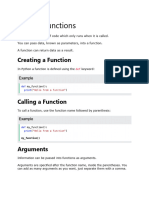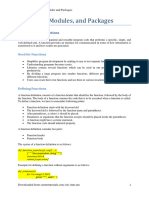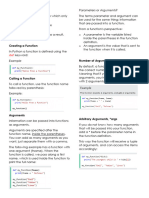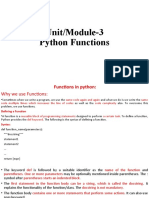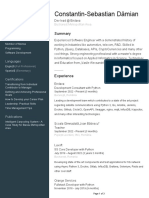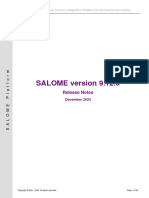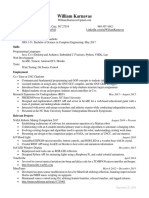0% found this document useful (0 votes)
9 views9 pagesPython Notes 20A-User Def Functions
User defined functions . Python notes . Class 12 and colledge syllabus use .
Uploaded by
sakthirithika.r2008Copyright
© © All Rights Reserved
We take content rights seriously. If you suspect this is your content, claim it here.
Available Formats
Download as PDF, TXT or read online on Scribd
0% found this document useful (0 votes)
9 views9 pagesPython Notes 20A-User Def Functions
User defined functions . Python notes . Class 12 and colledge syllabus use .
Uploaded by
sakthirithika.r2008Copyright
© © All Rights Reserved
We take content rights seriously. If you suspect this is your content, claim it here.
Available Formats
Download as PDF, TXT or read online on Scribd
/ 9























